Bavarian Culture and Traditions: An Immersive Experience
Bavaria, a region in the southern part of Germany, is known for its rich cultural heritage and traditions. The state of Bavaria boasts of a long and colorful history, with a diverse range of Bavarian culture and traditions that have been preserved over the years. Bavaria is a destination that offers a unique and immersive experience for visitors who are interested in exploring its culture and traditions.
One of the most prominent aspects of Bavarian culture is its cuisine. Bavarian cuisine is known for its hearty, rich and flavorful dishes. From the famous Bavarian sausages to the iconic pretzels, Bavarian food is a must-try for anyone visiting the region. Beer is also an essential part of Bavarian culture, with the beer culture being deeply ingrained in the region’s history and traditions. The world-renowned Oktoberfest is an event that is celebrated every year, attracting millions of visitors from all over the world.
Here are the 5 most iconic dishes in Bavarian cuisine:
Weißwurst
Weißwurst, or white sausage, is a traditional Bavarian sausage made from veal and pork. It is typically served as a breakfast or brunch dish, with sweet mustard, pretzels, and a cold Bavarian beer. The sausage is cooked in hot water, and the skin is not usually eaten. The dish is so beloved in Bavaria that there is even a traditional etiquette to eating it: the sausage should be eaten before noon and with a special technique to remove the skin.
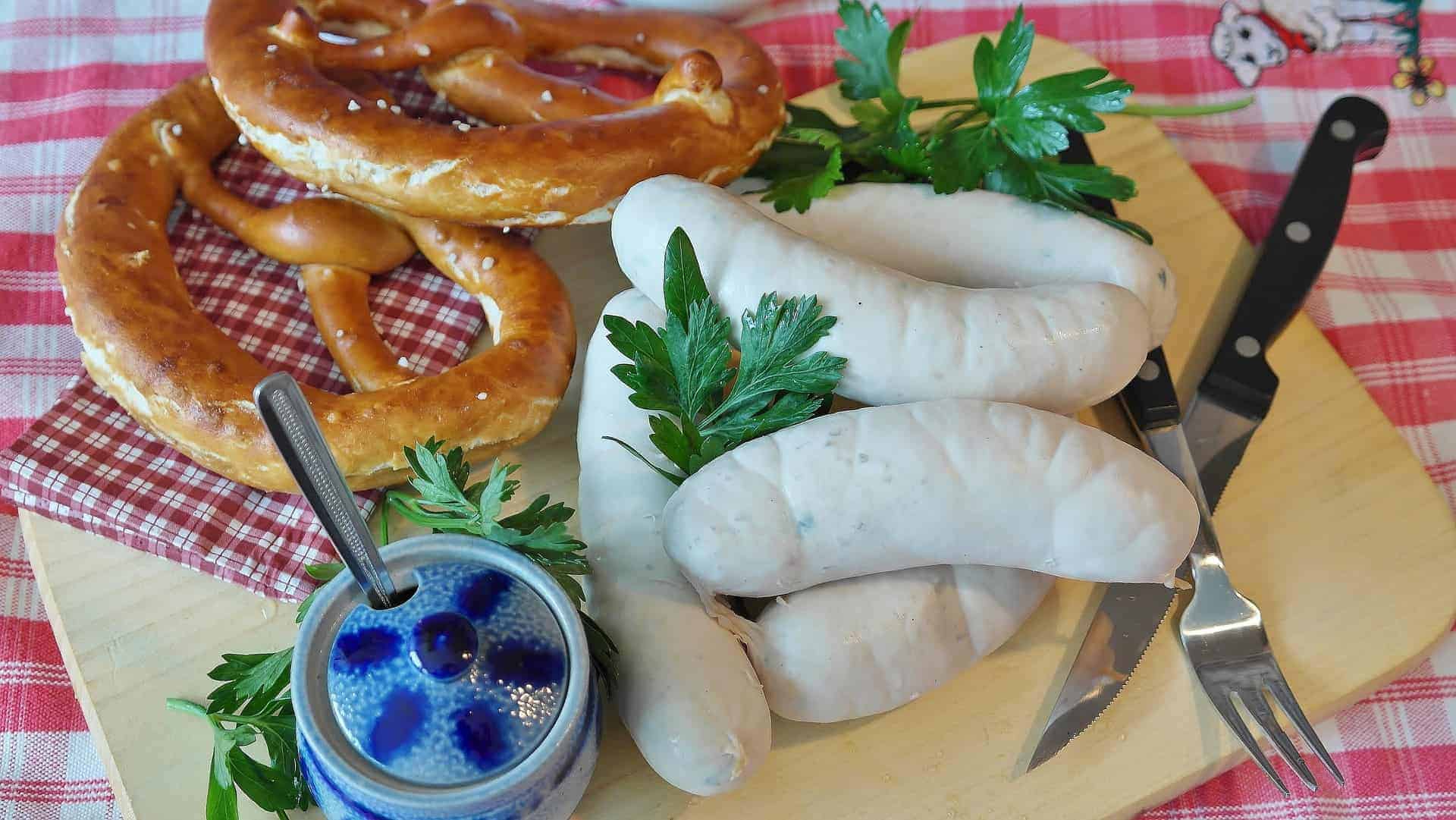
Schweinshaxe
Schweinshaxe, or roasted pork knuckle, is a hearty dish that is a staple in Bavarian cuisine. The pork knuckle is marinated in beer and spices, then roasted until the skin is crispy and the meat is tender. It is typically served with sauerkraut, potato dumplings, and gravy. Schweinshaxe is a must-try for anyone visiting Bavaria, and it is often served at Oktoberfest and other festivals.
Brezen
Brezen, or pretzels, are a ubiquitous snack in Bavaria. The dough is made from flour, water, yeast, and salt, and the pretzels are shaped into the iconic twisted shape before being boiled and baked. They are typically served warm with butter, mustard, or cheese. Brezen are a staple of Bavarian culture, and they are often enjoyed with a cold beer.
Leberknödel
Leberknödel, or liver dumplings, are a traditional Bavarian dish made from liver, onions, and breadcrumbs. The mixture is formed into dumplings and boiled in broth. They are often served with sauerkraut and potatoes or in a bowl of soup. Leberknödel is a hearty and flavorful dish that is popular throughout Bavaria.
Kaiserschmarrn
Kaiserschmarrn, or shredded pancake, is a popular dessert in Bavaria. The pancake is made from a batter of flour, eggs, and milk, and is fried in butter until it is crispy on the outside and fluffy on the inside. The pancake is then shredded and served with fruit compote, raisins, and powdered sugar. Kaiserschmarrn is a sweet and indulgent dish that is a favorite among Bavarians.
Bavarian clothing is another aspect that has been preserved over the years. The traditional Bavarian outfit for men is called the Lederhosen, which is a type of leather shorts that is worn with a shirt and suspenders. The traditional outfit for women is called the Dirndl, which is a dress with a fitted bodice, a full skirt, and an apron. These traditional outfits are still worn today during festivals and other cultural events, showcasing the region’s rich heritage and traditions.
Bavarian clothing is rich in tradition and history. The region is famous for its iconic costumes, which are worn during festivals and celebrations. From the famous dirndl dress to the traditional lederhosen, Bavarian clothing is an important part of the region’s cultural heritage.
Lederhosen is perhaps the most famous and iconic piece of Bavarian clothing. The word lederhosen means “leather pants” in German, and they are made from durable, high-quality leather. The pants are typically worn with suspenders, a shirt, and traditional shoes known as Haferlschuh. Lederhosen were originally worn by workers and farmers in the Bavarian region, but they have since become a symbol of Bavarian culture and are worn by men of all ages during festivals and celebrations.
The dirndl is a traditional Bavarian dress that is worn by women. The dress typically consists of a blouse, bodice, and full skirt. The dress is often adorned with decorative embroidery and lace, and is typically worn with a traditional apron and shoes. The dirndl is a versatile dress that can be worn for both casual and formal occasions. It is often seen during Oktoberfest and other festivals, and is a popular choice for weddings and other special events.
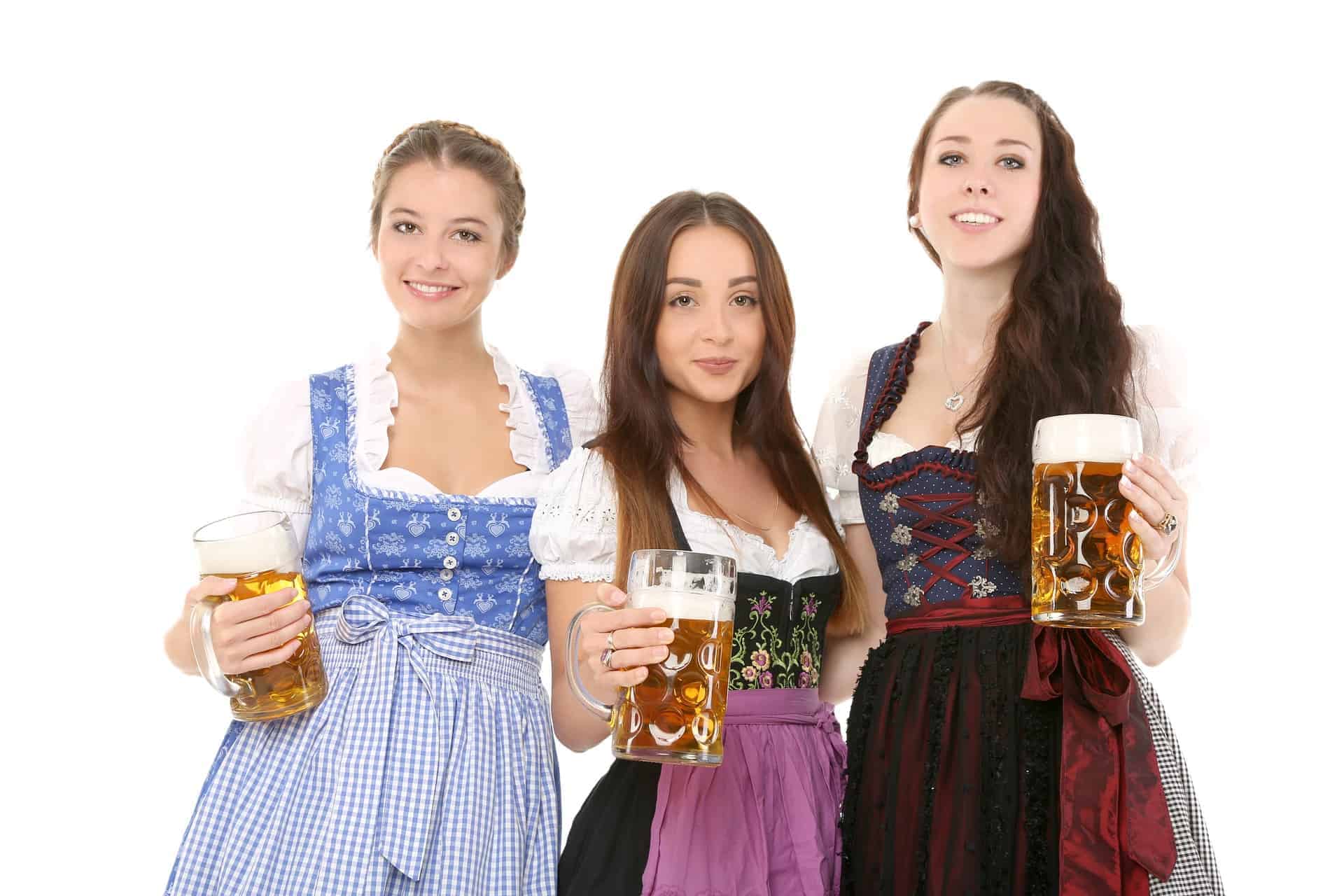
Trachten jackets are another important part of Bavarian clothing. These jackets are typically made from wool or suede and are adorned with decorative embroidery and buttons. They are often worn with lederhosen or traditional trousers, and can be seen during festivals and other celebrations.
Bavarian clothing is not just limited to traditional costumes, however. The region is also home to many high-quality fashion brands that specialize in modern and stylish clothing. These brands often incorporate elements of traditional Bavarian clothing into their designs, such as the use of leather or embroidery.
Music and dance are also a big part of Bavarian culture. The region has a rich musical heritage, with various traditional instruments such as the accordion, the zither, and the alphorn. Folk music and dancing are also an integral part of Bavarian culture, with various dance forms such as the Schuhplattler and the Zwiefacher. These traditional music and dance forms have been passed down from generation to generation, preserving the region’s cultural identity and heritage.
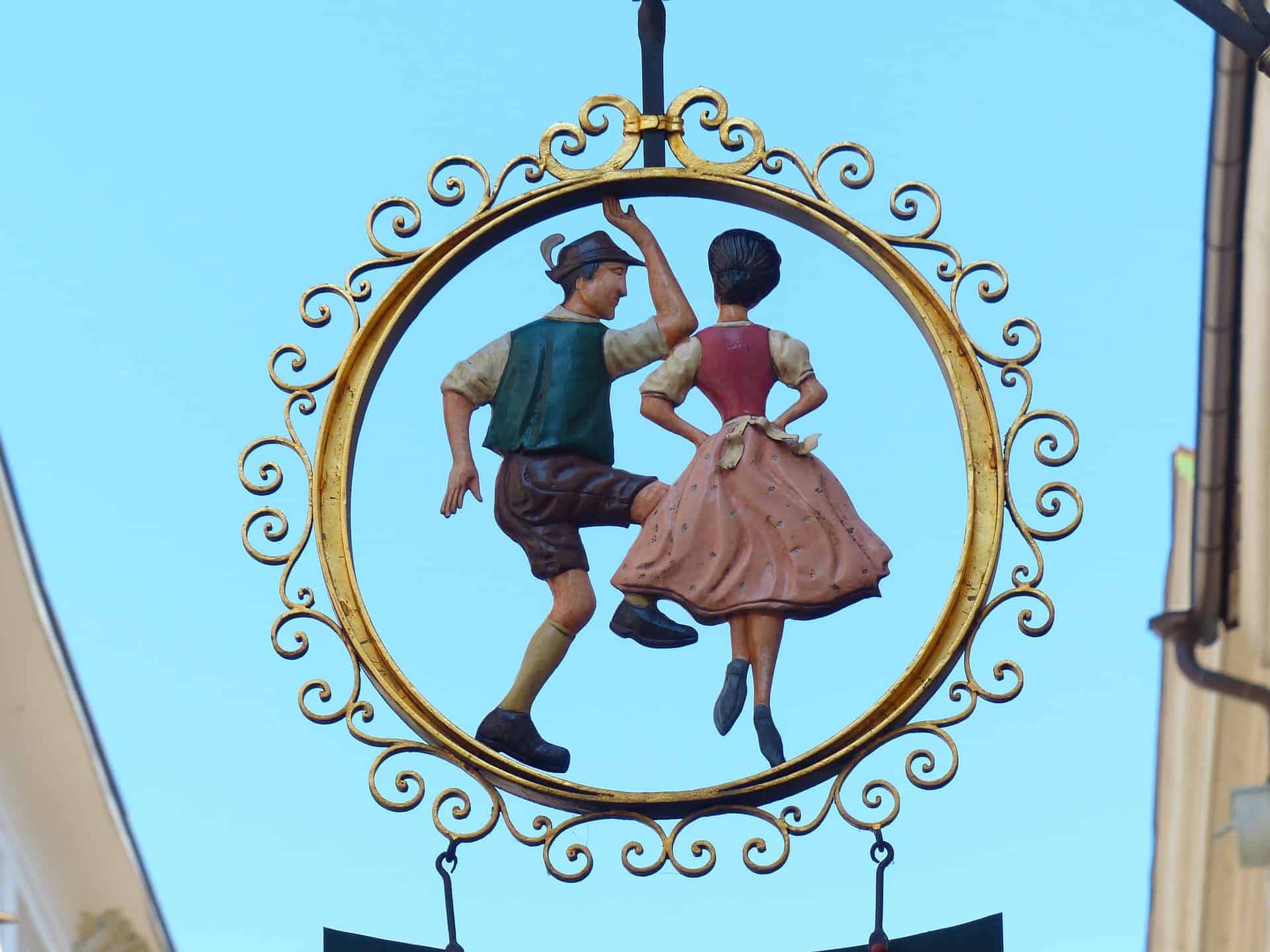
Bavaria is also home to several historic cities and towns that offer a glimpse into the region’s rich history. Munich, the capital of Bavaria, is known for its stunning architecture, vibrant culture, and history. The city’s Marienplatz square is a popular tourist destination, featuring the iconic Glockenspiel, a clock tower that chimes twice a day, showcasing figures re-enacting scenes from Munich’s history. Other historic towns such as Regensburg, Nuremberg, and Rothenburg ob der Tauber offer visitors a chance to step back in time and experience the charm of medieval Bavaria.
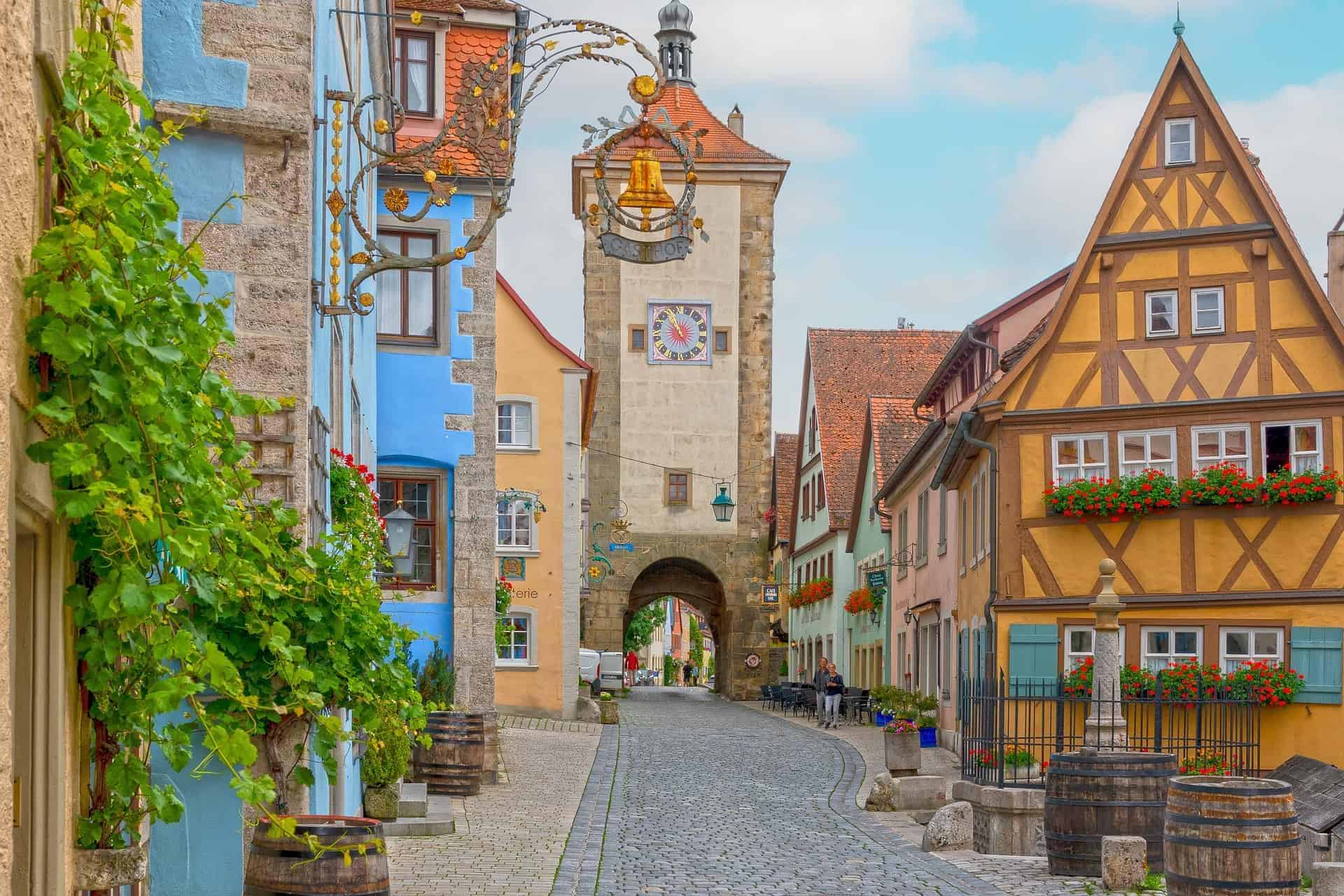 Credit Zachtleven @ Pixabay.com
Credit Zachtleven @ Pixabay.com
Aside from the rich cultural heritage and historic attractions, Bavaria is also a region that offers stunning natural scenery, including the Bavarian Alps and the stunning Lake Constance. The Bavarian Alps offer visitors a chance to hike and ski, while Lake Constance provides visitors with a relaxing getaway, surrounded by stunning views of the Alps.
Here are the most beautiful lakes in Bavaria.
Lake Königssee
Located in the Berchtesgaden National Park, Lake Königssee is one of the most beautiful lakes in Bavaria. The lake is surrounded by towering mountains, and the crystal-clear water reflects the stunning scenery. Visitors can take a boat ride across the lake to the St. Bartholomew’s Church, which is situated on a picturesque peninsula.
Lake Chiemsee
Known as the Bavarian Sea, Lake Chiemsee is the largest lake in Bavaria. The lake is surrounded by picturesque villages and rolling hills, and its crystal-clear water is perfect for swimming and water sports. Visitors can take a boat ride to the Herrenchiemsee Palace, which was built by King Ludwig II in the 19th century.
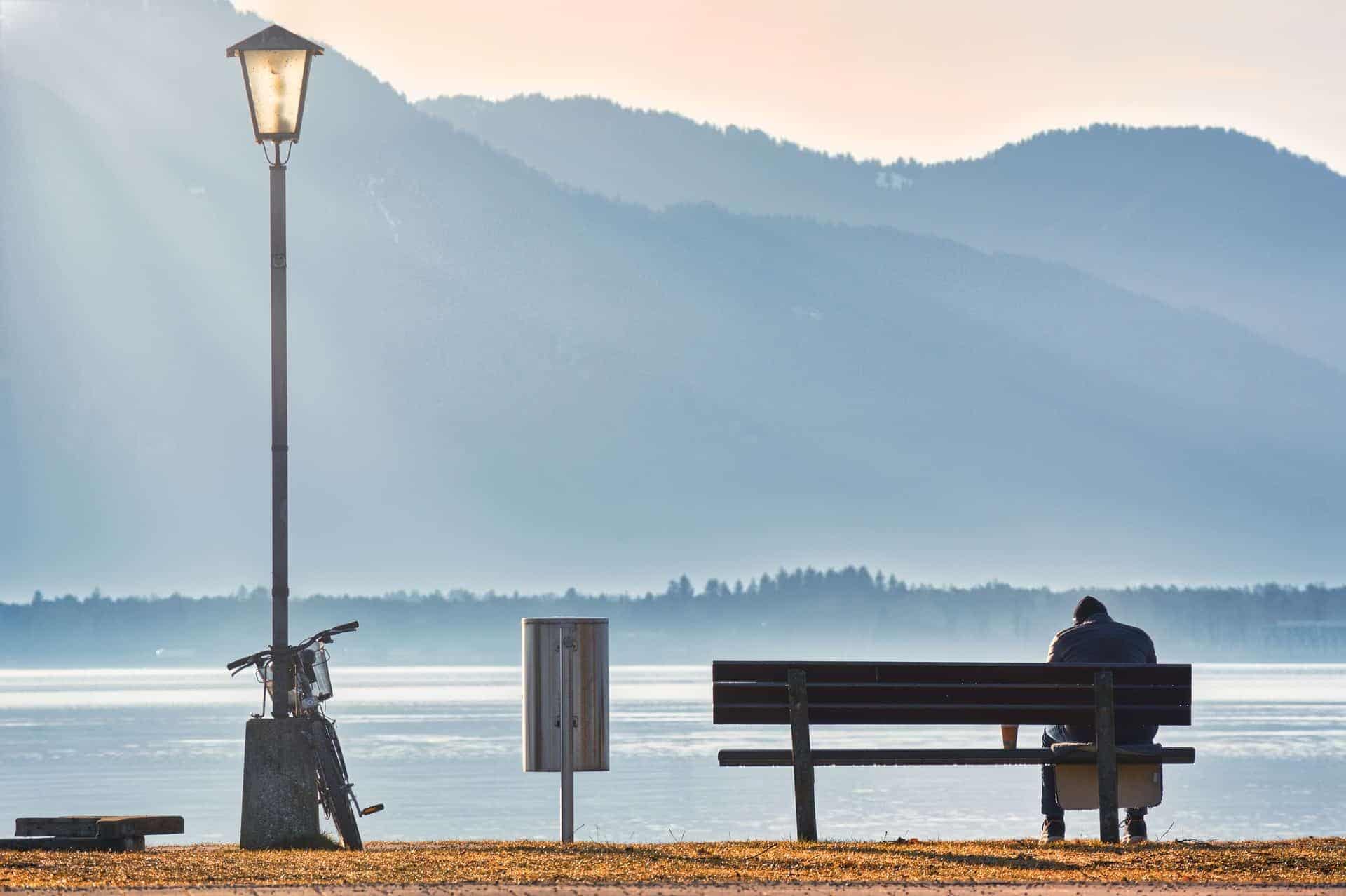
Lake Ammersee
Located in the heart of Bavaria, Lake Ammersee is a popular destination for swimming, sailing, and fishing. The lake is surrounded by quaint towns and rolling hills, and visitors can take a boat ride across the lake to explore the scenic landscape.
Lake Tegernsee
Nestled in the Bavarian Alps, Lake Tegernsee is a stunning natural wonder. The lake is surrounded by mountains and forests, and its crystal-clear water is perfect for swimming and water sports. Visitors can hike around the lake to explore the scenic landscape, or take a boat ride to one of the picturesque villages that dot the shoreline.
Lake Eibsee
Located at the foot of the Zugspitze, Germany’s highest mountain, Lake Eibsee is a natural wonder. The lake is surrounded by towering mountains and dense forests, and its crystal-clear water is perfect for swimming and water sports. Visitors can hike around the lake to explore the scenic landscape, or take a cable car to the top of the Zugspitze for a stunning view of the surrounding area.
In conclusion, Bavarian culture and traditions offer visitors an immersive experience that is both unique and memorable. From the food and beer culture to the traditional clothing, music, and dance, Bavaria is a destination that celebrates its heritage and history. The region’s historic cities and towns offer visitors a chance to experience the charm of medieval Bavaria, while the vibrant culture and festivities offer a glimpse into the region’s modern-day lifestyle. A trip to Bavaria is a journey that is sure to leave visitors with a deeper appreciation of German culture and traditions, as well as unforgettable memories of a one-of-a-kind cultural experience.

Avid traveller and communications students. Writes about all the amazing things this world has to offer.


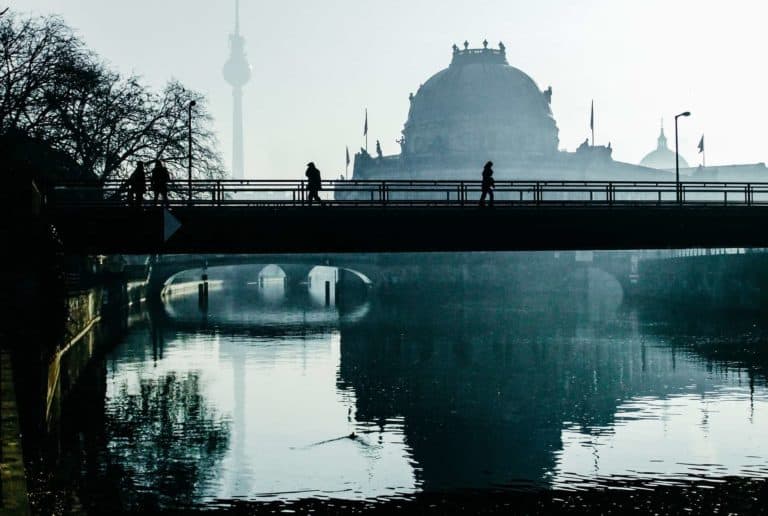
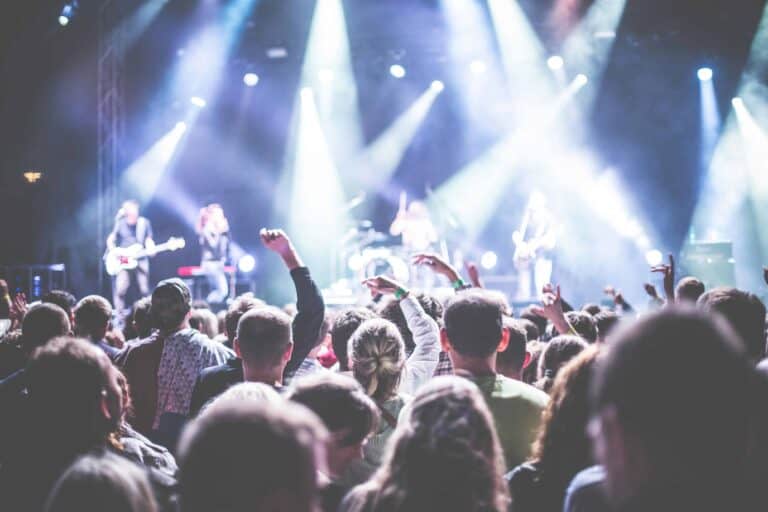

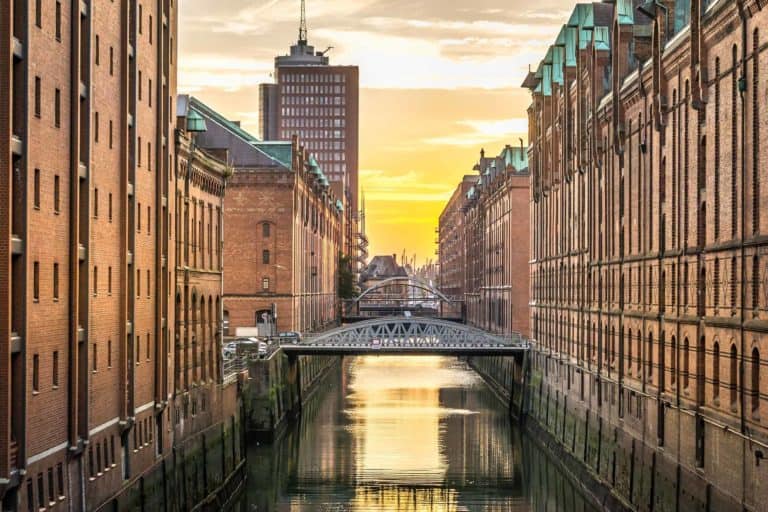
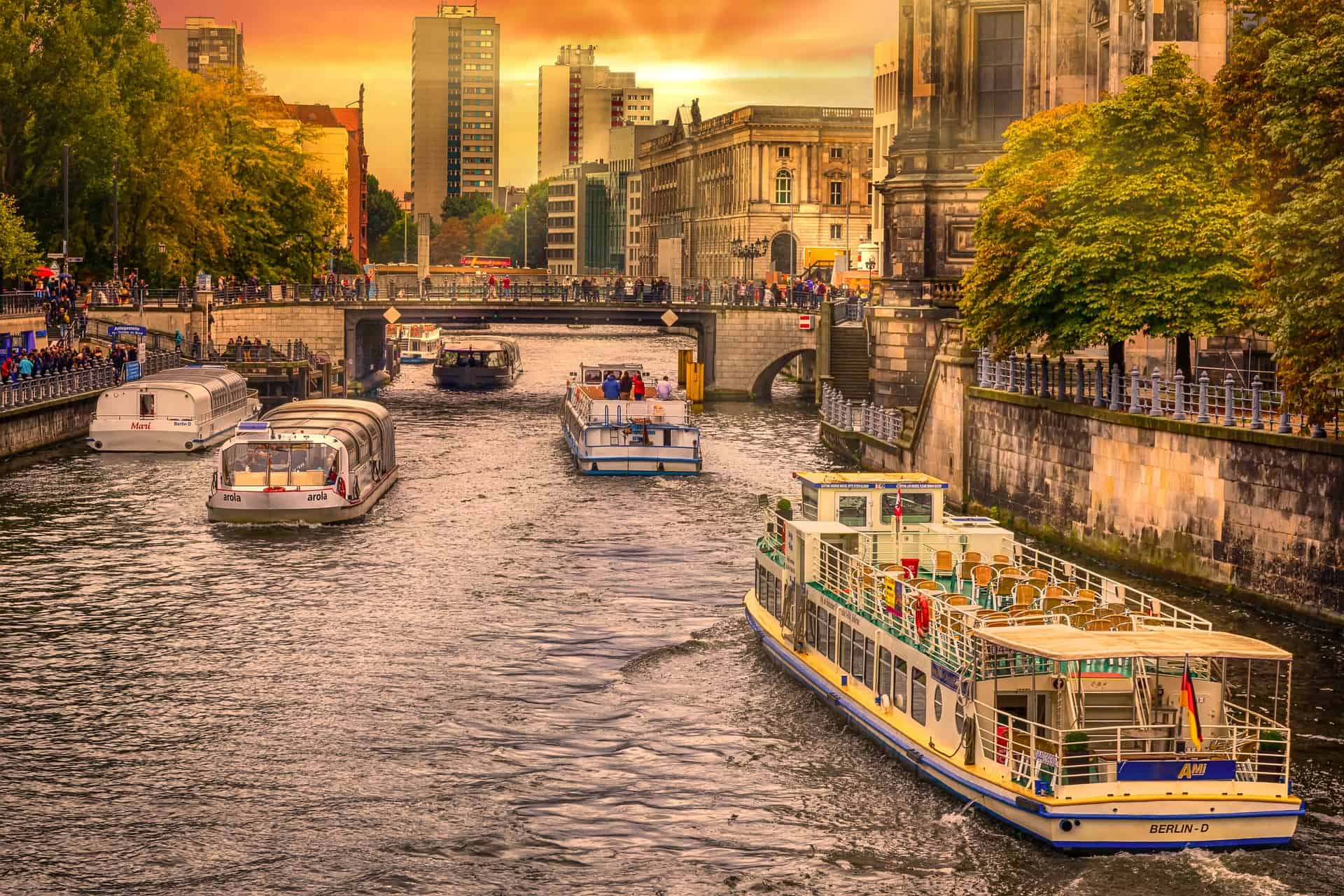
2 Comments